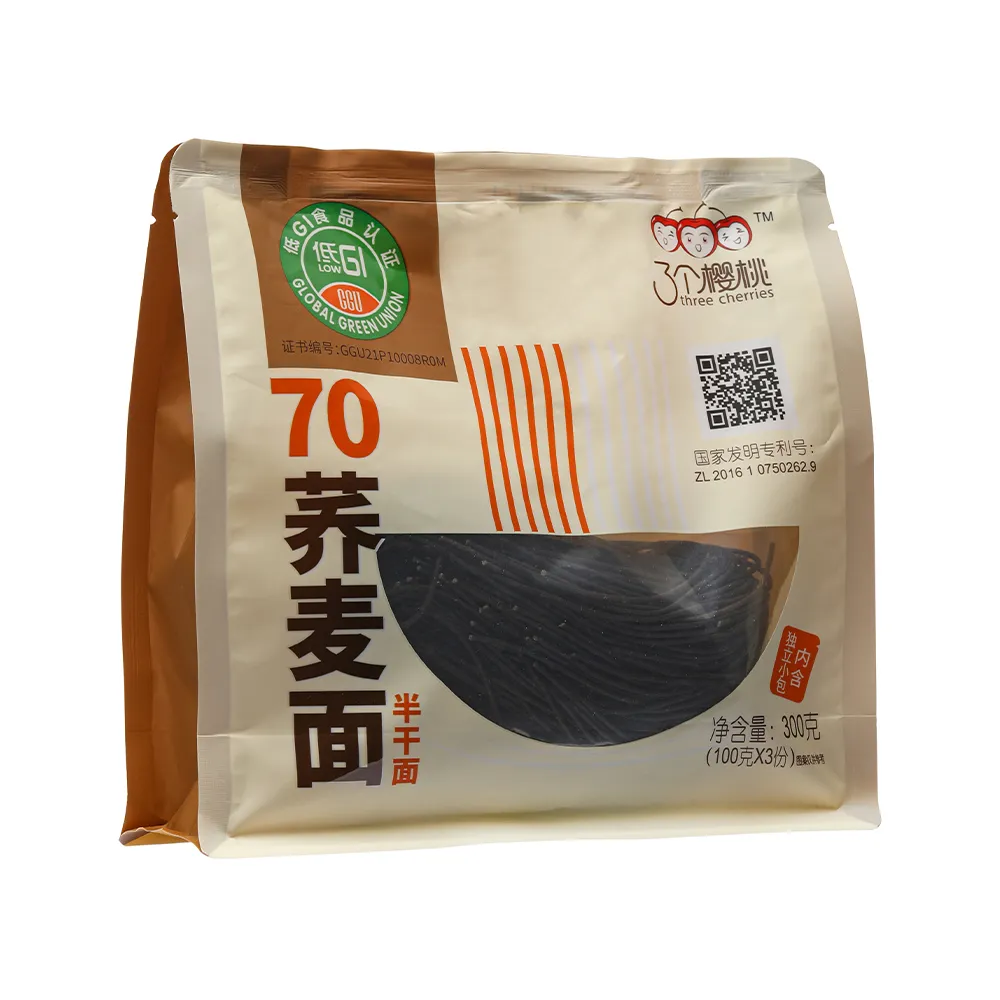konjac noodles what are they
What Are Konjac Noodles?
Konjac noodles, often referred to as shirataki noodles, are a popular food choice for those seeking a low-calorie, low-carb alternative to traditional pasta. Made from the konjac plant, which is native to Asia, these noodles have gained fame not just for their unique texture, but also for their health benefits. In this article, we will explore what konjac noodles are, how they are made, their nutritional profile, and the various ways they can be enjoyed.
The Konjac Plant
The konjac plant (Amorphophallus konjac) is a tuberous vegetable that can be found primarily in Japan, China, and Indonesia. The root contains a high concentration of glucomannan, a soluble dietary fiber that contributes to its health benefits. For centuries, konjac has been used in traditional Asian cuisine, often in the form of jellies or as thickener in soups and dishes.
How Konjac Noodles Are Made
The process of making konjac noodles is relatively straightforward. First, the konjac root is harvested and then processed to extract glucomannan. This powder is then combined with water and a small amount of calcium hydroxide to form a gel-like consistency. The mixture is subsequently shaped into noodle form and boiled. After cooking, the noodles are packed in a liquid to maintain their freshness and are often found in transparent packaging, which can be a bit unconventional for those used to traditional pasta.
Nutritional Profile
One of the most appealing aspects of konjac noodles is their exceptionally low calorie content. Typically, a 100-gram serving contains less than 10 calories. This makes them an excellent option for those looking to manage their weight. Moreover, konjac noodles are gluten-free and contain no carbohydrates, making them a preferred alternative for individuals on ketogenic or low-carb diets.
The primary component of konjac noodles, glucomannan, also serves as a dietary fiber. This soluble fiber is known for its ability to absorb water and expand in the stomach, which can promote a feeling of fullness and help with appetite control. Additionally, glucomannan may aid in digestive health by promoting regular bowel movements and supporting gut microbiota.
konjac noodles what are they

Culinary Uses
Konjac noodles have a neutral flavor, which makes them incredibly versatile in various culinary applications. They can easily absorb the flavors of sauces, dressings, and seasonings used in dishes. Here are several popular ways to enjoy konjac noodles
1. Stir-Fries Sauté konjac noodles with vegetables, protein (like chicken or tofu), and your favorite sauce for a quick and healthy meal. 2. Soups Add konjac noodles to broths and soups where they can soak up the flavors while adding texture.
3. Salads Toss chilled konjac noodles in salads with fresh vegetables, dressing, and toppings for a refreshing meal.
4. Pasta Dishes Substitute traditional pasta in your favorite recipes with konjac noodles for a lighter version.
Before using konjac noodles, it is recommended to rinse them thoroughly under cold water. This helps to remove the packaging liquid, which may have an atypical smell.
Conclusion
In conclusion, konjac noodles present a unique and healthy alternative to traditional noodles, appealing to health-conscious individuals and foodies alike. With their low-calorie count, zero carbs, and high fiber content, they provide a satisfying way to enjoy pasta-like dishes without the guilt. Whether tossed in a stir-fry, added to soup, or enjoyed in salads, konjac noodles offer versatility that can be tailored to various cuisines and preferences. As more people look for nutritious eating options, konjac noodles are likely to remain a staple in healthy kitchens worldwide.
-
Unlock the Delicious Potential of Yam NoodlesNewsAug.11,2025
-
The Authentic Taste of Lanzhou NoodlesNewsAug.11,2025
-
Savor the Art of Hand Pulled NoodlesNewsAug.11,2025
-
Indulge in the Timeless Delight of Spaghetti BologneseNewsAug.11,2025
-
Indulge in the Rich Flavor of Braised Beef NoodlesNewsAug.11,2025
-
Elevate Your Meals with the Magic of Fresh PastaNewsAug.11,2025
-
Unleash Your Inner Chef with Delectable Italian Pasta CreationsNewsAug.01,2025
Browse qua the following product new the we

















































































































